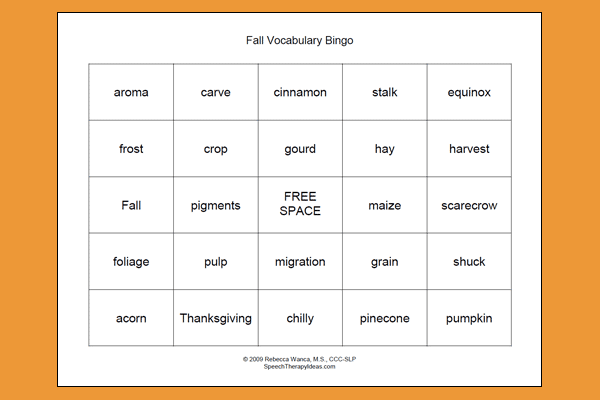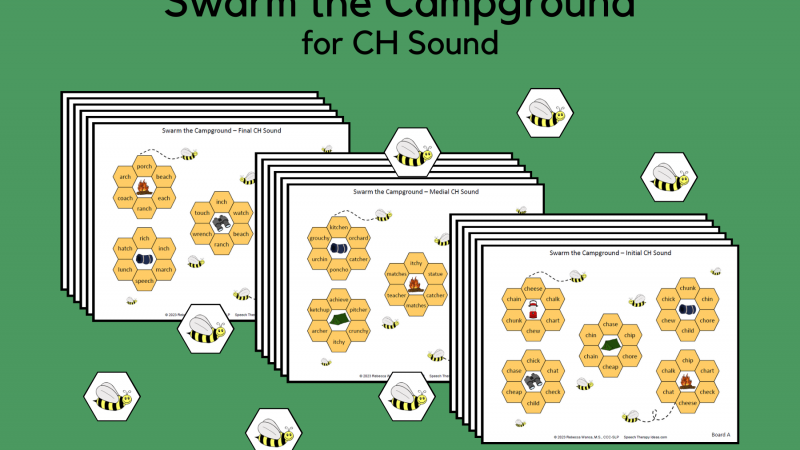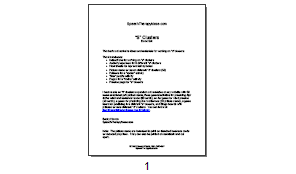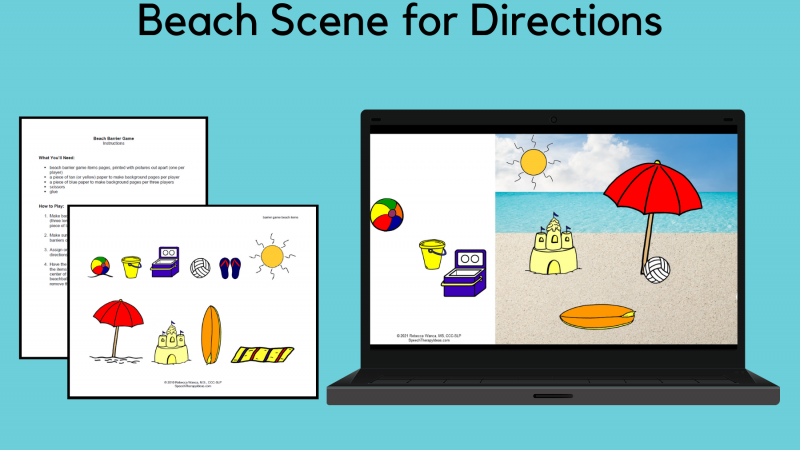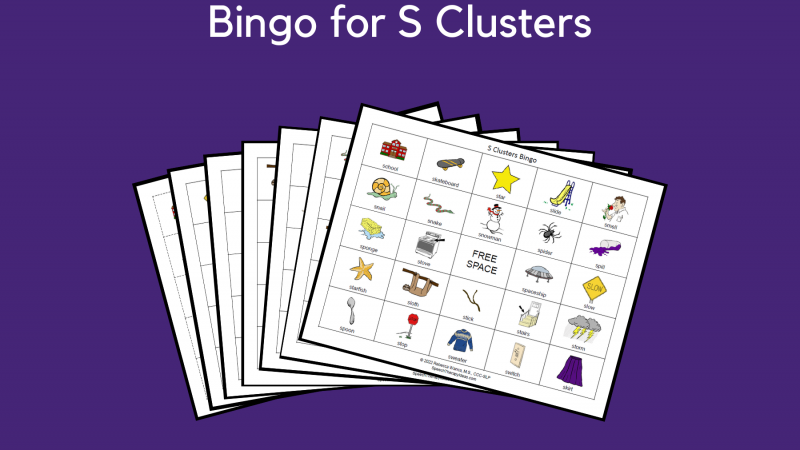Dr. Seuss’s Lorax Paper Plate Therapy Activity
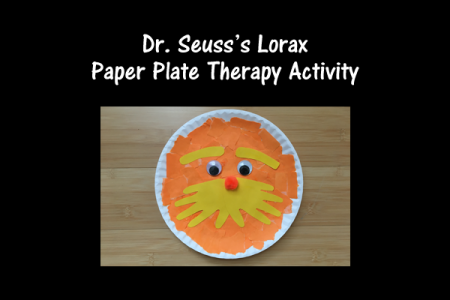 It’s Dr. Seuss time! Bring the Lorax into your sessions with this easy and adorable craft! With just a few supplies, you can use this as a reinforcement activity for speech or language therapy productions. Crafts are great activities to do with groups because the students can be working on them while waiting for their next turn.
It’s Dr. Seuss time! Bring the Lorax into your sessions with this easy and adorable craft! With just a few supplies, you can use this as a reinforcement activity for speech or language therapy productions. Crafts are great activities to do with groups because the students can be working on them while waiting for their next turn.
I found this cute Dr. Seuss craft at GluedtoMyCraftsBlog.com and knew I wanted to share it with you!
What you need:
- paper plates (one for each student)
- orange and yellow construction paper, cardstock, or tissue paper
- googly eyes or white paper and a black marker
- orange or brown pom poms (one for each student)
- pencil
- scissors
- glue or glue sticks
What to do for each Lorax:
- Give each student a paper plate.
- Give each student a piece of orange paper to rip into pieces while waiting for their turns.
- Allow the students to glue a piece of orange paper onto their plates after each speech or language turn.
- Once their plates are covered in orange, trace their hands on yellow paper and cut them out or let them cut them out, depending on their age and skill level.
- Have them cut out eyebrows for the Lorax using scraps of the yellow paper.
- Have the students earn the pom pom nose and googly eyes (or white paper circles with black circles drawn on them).
- Let them glue the eyes, eye brows, mustache (using the hand cut outs) and nose on their Lorax.
Therapy ideas:
- Articulation practice – Give the students a piece after correct productions of their target sounds.
- Correct /l/, /r/, /sp/, or /tr/ sounds – Give the students a piece for each correct production of “Lorax” or “I speak for the trees.”
- Language skills practice – The students earn a piece of their Lorax for completing each language task (e.g., naming two Dr. Seuss characters, naming three types of trees).
Related Materials:

